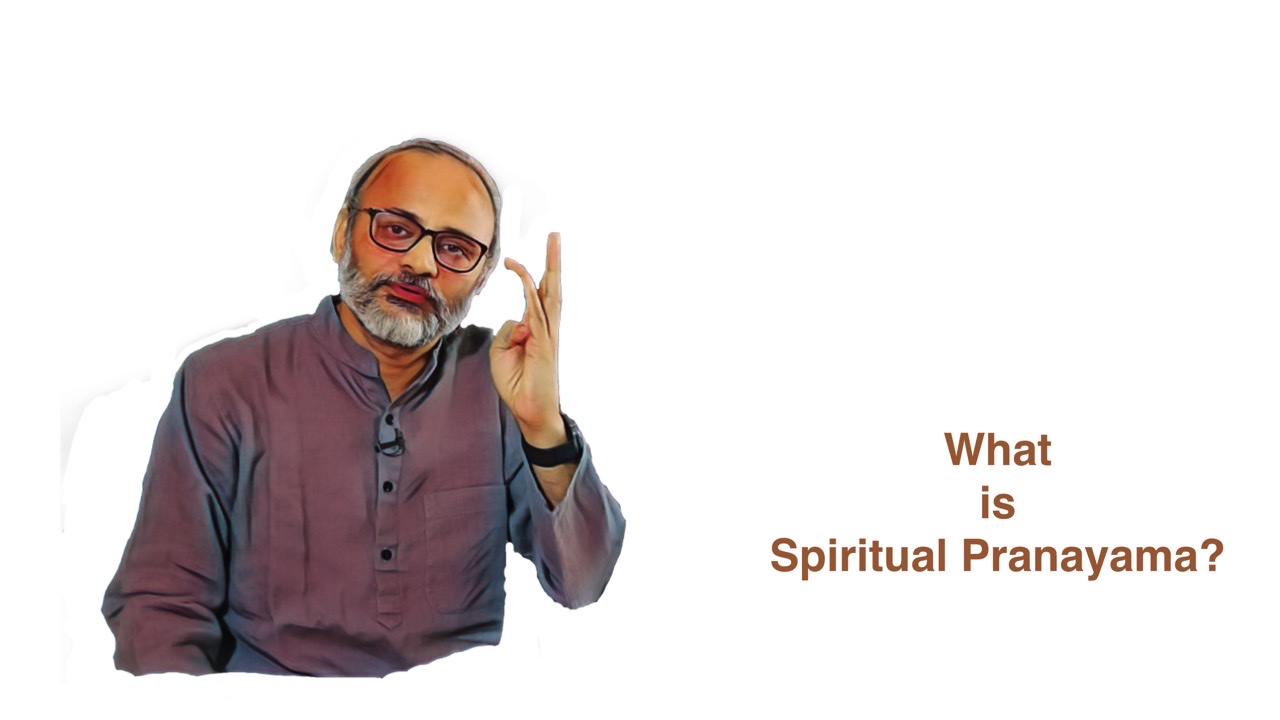
What is Spiritual Pranayama?
3 years ago By Yogi AnoopWhat is Spiritual Pranayama?
Generally, the break or pause in the natural speed of breathing is called pranayama. But Maharshi Patanjali was the one to also discuss cognitive pranayama. According to him, this pranayama takes place when the external and internal subjects are abandoned. Abandonment of subjects means expulsion of ideological defects, i.e. the expulsion of breath in gross form. When the nature of renunciation is enhanced, the excretion of faeces with breath automatically increases. In this state, all the organs of the body start eliminating their impurities automatically.
Thoughts are intricately tied to breathing, something that we all can experience in our lives. Different emotions have different impacts on our breathing style, notice your breathing when you are happy or at peace versus when one is agitated or sad.
In sleep, the body is stationary, at that time the movement in the breath can be easily known but in the waking state the effect of the ideological reactions inside the person on the breath is not felt by that person. This is because in the waking state, the body and the senses are engaged in practical functions.
The ebb and flow of thoughts closely impact our breathing. If there is too much instability in the mind then many subtle organs of the body and brain get affected. At the same time, instability starts appearing in them in the same manner. Our breathing becomes heavy and quick in anger, excitement, fear, et cetera. The basic meaning of saying that the movement of all thoughts inside the mind somewhere reacts to the breath, this is because thoughts are closely related to the glands and the breath.
When the mind is made to focus on one thing, it gets calm and the breathing also becomes steady and deep. The activity of holding breath, which is made to do in pranayama, happens naturally in such a state. Pranayama practised in such a state is extremely beneficial. In such a state, the depth in breath comes automatically in the same way the act of breathing comes naturally to us. When meditation is concentrated on a single subject, the depth of breath comes automatically.
After a few years of practising meditation, when the seeker is able to renounce thoughts, then not only the lungs but all the organs of the body begin to function calmly in their original nature, this is what Maharshi Patanjali described as cognitive pranayama or spiritual pranayama.
Make a note of the following points:
Try to monitor the ebb and flow of instincts.
Focus on the activities inside your mind, body
Let instincts and thoughts come and go. After a while, everything will come to a standstill and there will be stability in the breath
Observe your breathing, it brings a pause in the instincts and thoughts.
Recent Blog
Copyright - by Yogi Anoop Academy
